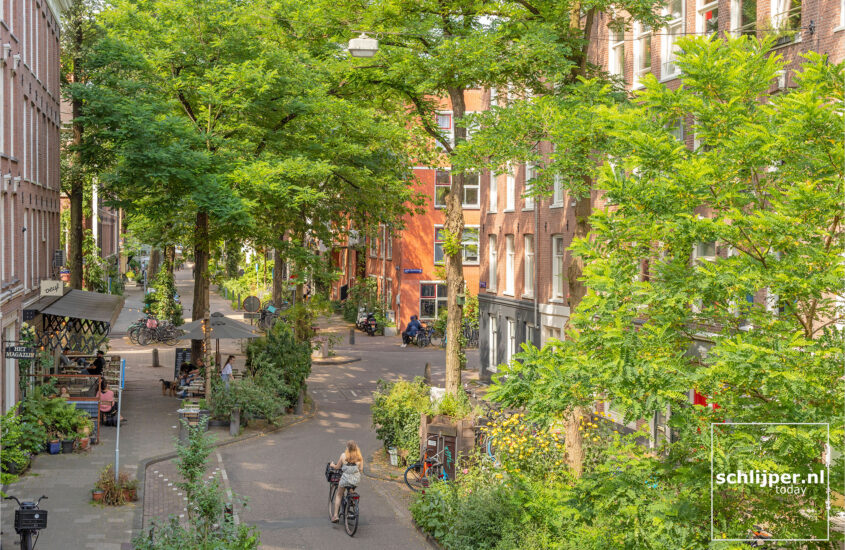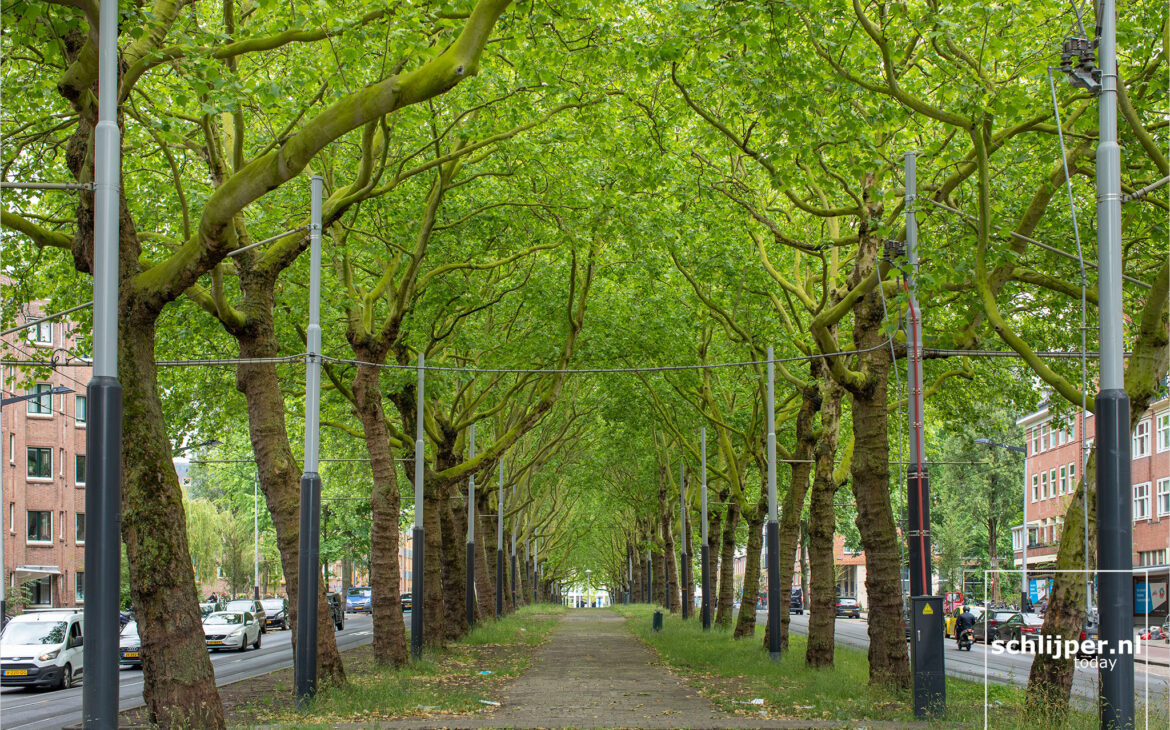The Tree Atlas: Mapping Amsterdam’s Unique Tree Heritage

With a staggering count of approximately one million trees, Amsterdam stands tall as one of Europe’s greenest cities. Honoured with the European City of Trees Award in 2012, Amsterdam’s canopy tells tales of a rich legacy. The city also proudly holds the title of the Elm city of Europe, adorned by over 75,000 majestic Elms, some 100 years old, elegantly gracing its streets and canals.
Historical Roots of Amsterdam’s Arboreal Culture
The history of tree planting in Amsterdam traces back to 1340, marking the inception of its arboreal legacy, with a law dating back to 1454 prohibiting cutting down trees.
During the 1600s, Amsterdam’s iconic Canal Belt witnessed strategic tree plantings along its waterways. Trees were not only planted for aesthetic reasons but also to reinforce the quaysides and to purify the air.
The ravages of the Second World War left a mark, sparing only 25,000 trees. Even among these survivors, many sacrificed branches as citizens resorted to using them for fuel during the occupation, a dire measure in times of scarcity.
The Tree Atlas
Amsterdam’s identity is intrinsically linked to its trees, their significance amplified in the face of climate change. The city’s Tree Atlas stands as a robust testament to the commitment toward safeguarding these natural treasures. This resource meticulously charts out special trees and primary tree structures that define Amsterdam’s unparalleled landscape.
Special and Monumental Trees
Amsterdam proudly hosts a plethora of special trees, nurtured by both municipal efforts and private individuals. These extraordinary trees receive specialized care and enjoy legal protection owing to their monumental significance.
Ecological Impact and Sustainable Practices
Trees form the backbone of Amsterdam’s ecological balance, contributing significantly to its green spaces and natural ecosystems. The 2022 Policy Framework for Main Green Structure outlines the Amsterdam Ecological Structure, emphasizing the city’s dedication to fortify a resilient green infrastructure.

Tree Replacement, Preservation, and Circular Wood
The municipality commits to replanting trees removed within 2 to 3 years, striving to maintain a consistent green presence. While preference lies in replanting at the same location, considerations such as underground utilities may necessitate alternative sites. Stringent assessments ensure optimal conditions for new growth, preserving Amsterdam’s lush cityscape.
Since spring 2022, the Amsterdam Metropolitan Area has facilitated bidding for wood sourced from felled city trees. This wood, auctioned in the Amsterdamse Bos, finds new life in foundations, furniture, and other items, embodying a circular, sustainable cycle. Proceeds from these auctions further tree planting efforts and the preservation of Amsterdamse Bos.
Embark on a Journey Through Amsterdam’s Tree Canopy
Immerse yourself in Amsterdam’s diverse ecosystem through the interactive Tree Atlas
Photos credits @Thomas Schlijper


